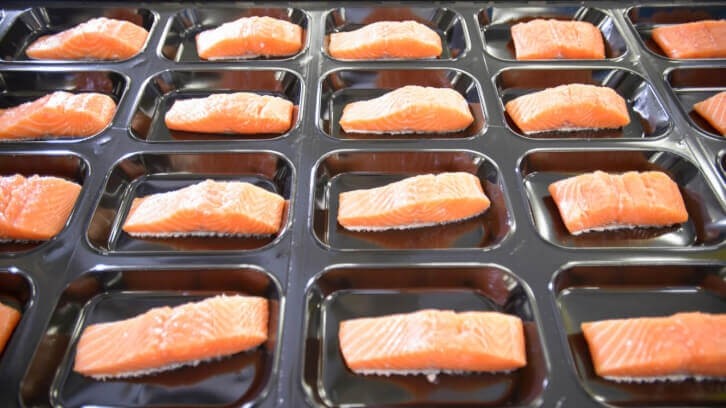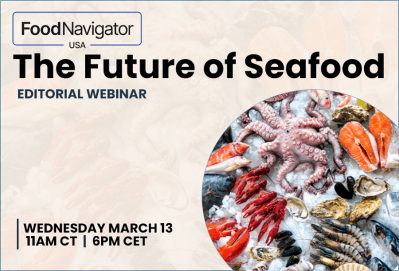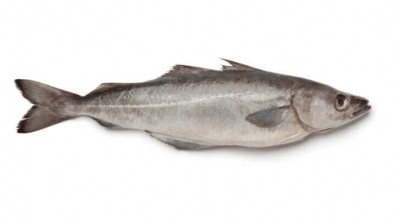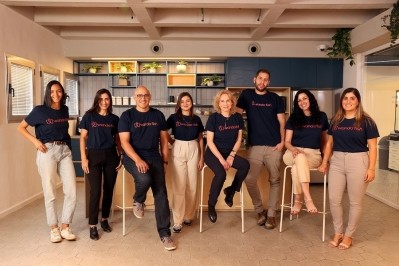UMAMI Bioworks advisor Jennifer Bushman emphasizes need for storytelling to strengthen cultivated seafood industry

In her new role, Bushman will leverage her experience in developing market avenues, education and advocacy for sustainable seafood for UMAMI’s path to commercialization. Previously, she worked with the aquaculture community and NGOs including the Monterey Bay Aquarium Seafood Watch Program, and served as CMO at Kvarøy Arctic and directory of sustainability at Pacific Catch.
In partnership with cultivated meat company Cell AgriTech, UMAMI expects to open its first cultivated meat factory and the largest cultivated factory in APAC in early 2025 in Kedah, Malaysia, highlighting the growing trend of strategic partnerships to foster the growth of cultivated seafood.
While Singapore has led the way in approving cultivated meat first in 2020 with the approval of Eat Just's Good Meat, the US followed three years later, approving sales for Upside Foods and Good Meat, highlighting the potential for a shift in the global meat industry. Further, strategic partnerships between cultivated meat companies and traditional agriculture offer a strength in numbers approach towards improving a global environmental footprint and feeding a booming global population.
Bushman emphasized the role of cultivated meat as a sustainable and alternative protein source for animal feed in traditional agriculture and aquaculture, like sustaining carnivorous fish populations, for example. This could potentially reduce the environmental footprint of conventional livestock production by eliminating the need for large-scale animal farming for feed purposes.
She said, “It’s really looking at all of the different [channels] and determining where these products are going to be best placed. And it may not be that it’s establishing a brand for a cultivated seafood where you’d see it in a bowl … or a box for frozen food. It’s looking at it and saying how does it contribute as a component to other things so that there is that adaptation and contribution.”
She noted that pet foods, for example, are using fish designated for human consumption, and cultivated fish could be a sustainable replacement with less regulatory restrictions and improved consumer adoption that could potentially translate to more acceptance in the future.
“From my perspective, there are elements of the scaling and commercialization of cultivated seafood that are going to contribute to helping … establish more protections around these important natural resources,” she said.
She added, “When you look at how does aquaculture tie in … the planet has never been under more pressure to increase food production, and that pressure is only set to grow.
Bushman explained that while current consumer perception of cultivated meat needs more transparency and storytelling, exploring multiple channels like pet food and animal feed allows for a potentially quicker path towards commercialization and using resources more efficiently.
Building a narrative around “the human story,” along with technology and environmental benefits, will help strengthen consumer adoption of cultivated meat, she said.
“One of the big and most important things is the storytelling around this and most people do not connect to … facts and figures … to save [the environment]. It’s really about the human story. And people, when they are moved by character-driven stories, whether it’s the stories of how this was founded, or the people it’s going to impact, we have to get to a point where we’re telling … human stories … in order to be able to get the buy in and the socialization and trust that we need,” she emphasized.























